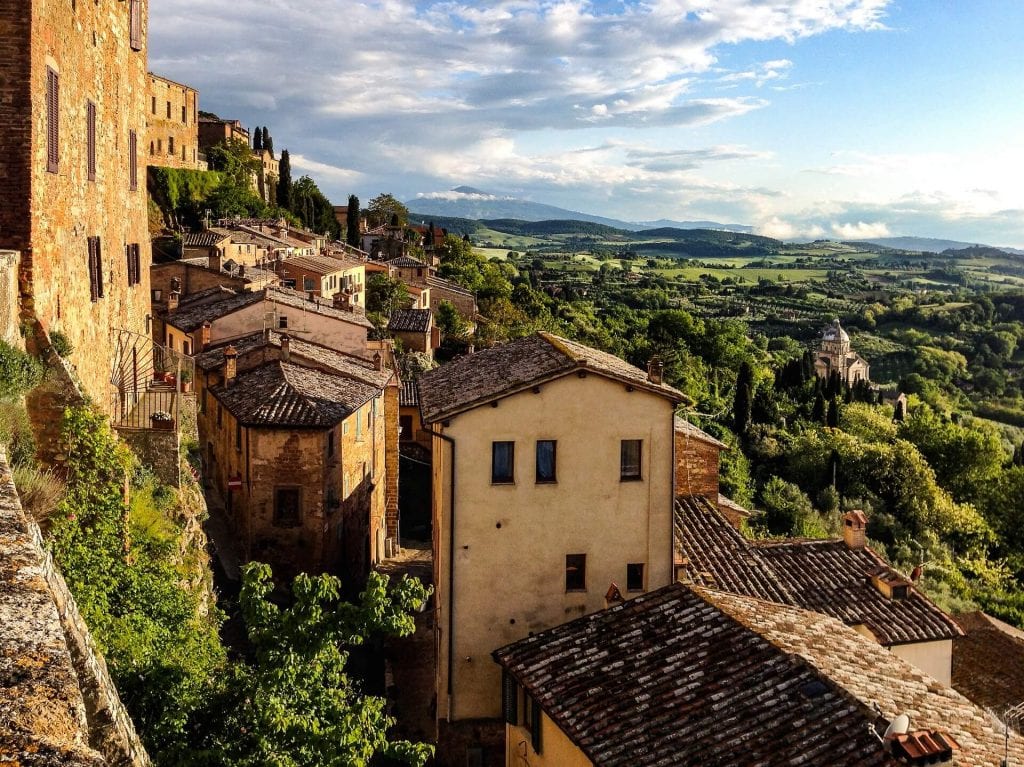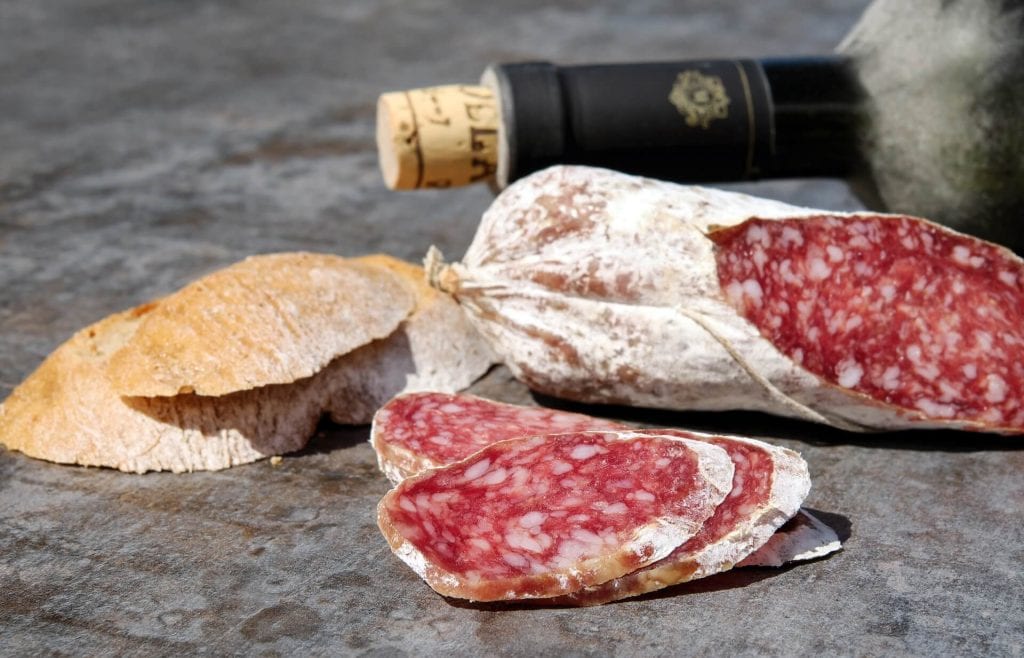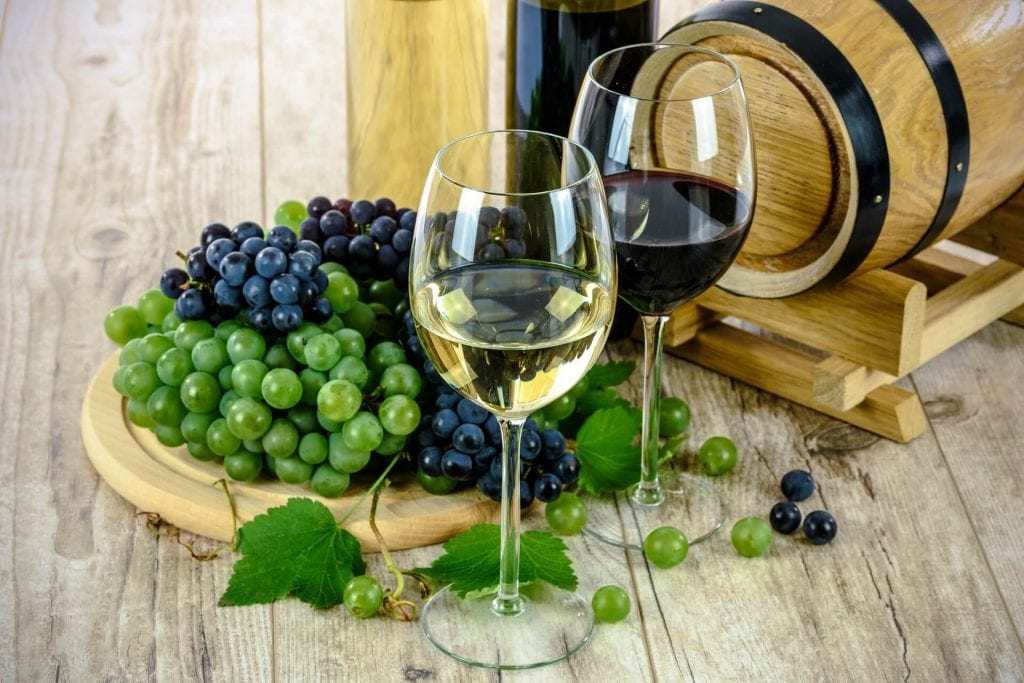Montepulciano according to legend, it was founded by the Etruscan King Lars Porsena of Chiusi; recent findings prove that a settlement was already in existence in the 4th-3rd centuries BC. In Roman times it was the seat of a garrison guarding the main roads of the area.

After the fall of the Western Roman Empire, it developed as a religious center under the Lombards.
In the 12th century it was repeatedly attacked by the Republic of Siena, which the Poliziani faced with the help of the Perugia and Orvieto, and sometimes Florence, communes. The 14th century was characterized by constant struggles between the local noble families, until the Del Pecora family became rulers of the town. From 1390, Montepulciano was a loyal ally of Florence and, until the mid-16th century, lived a period of splendour with architects such as Antonio da Sangallo the Elder, Jacopo Barozzi da Vignola, Baldassarre Peruzzi, Ippolito Scalza and others, building luxurious residences and other edifices here.
In 1559, when Siena was conquered by Florence and Montepulciano lost its strategic role, its importance declined.


Montepulciano is a major producer of food and drink. It is renowned for its pork, cheese, “pici” pasta, lentils, and honey, it is known worldwide for its wine. Connoisseurs consider its Vino Nobile among Italy’s best.
Should you feel hungry, I would recommend a lunch stop in Cantina Gattavecchi or Cantina Crociani, some of the best typical restaurant & winery of Montepulciano, where you can taste excellent dishes and buy local wines directly from their shops.
Since the Second World War, tourism has been a significant aspect in the economy. Many of the streets are designated as car-free.
Most of the shops and restaurants are on the main street, which stretches from Porta Al Prato to Piazza Grande.
The main landmarks include:
Palazzo Comunale: city hall designed by Michelozzo recalling the Palazzo della Signoria (Palazzo Vecchio) of Florence.
Palazzo Tarugi, attributed to Antonio da Sangallo the Elder or Jacopo Barozzi da Vignola. It is entirely in travertine, with a portico which was once open to the public.
Santa Maria Assunta Cathedral, or the Duomo of Montepulciano, constructed between 1594 and 1680, includes a masterpiece from the Sienese School, a massive Assumption of the Virgin triptych painted by Taddeo di Bartolo in 1401.
Santa Maria delle Grazie: late 16th-century) church with a simple Mannerist façade with a three-arcade portico. The interior has a single nave, and houses a precious terracotta altar by Andrea della Robbia.
Madonna di San Biagio Sanctuary: church, located on the road to Chianciano outside the city, it is a typical 16th century Tuscan edifice, designed by Antonio da Sangallo the Elder on a pre-existing Pieve, between 1518 and 1545. It has a circular (central) plan with a large dome over a terrace and a squared tambour. The exterior, with two bell towers, is built in white travertine.
Santa Lucia: Baroque church with altarpiece by Luca Signorelli.
Museo Civico di Montepulciano: located in the Palazzo Neri Orselli, displaying a collection of archeologic items, paintings, and terracotta works by the Della Robbia family
The walls of the city date to around the 14th century.
Driving time from Rome is approx. 2 hours






